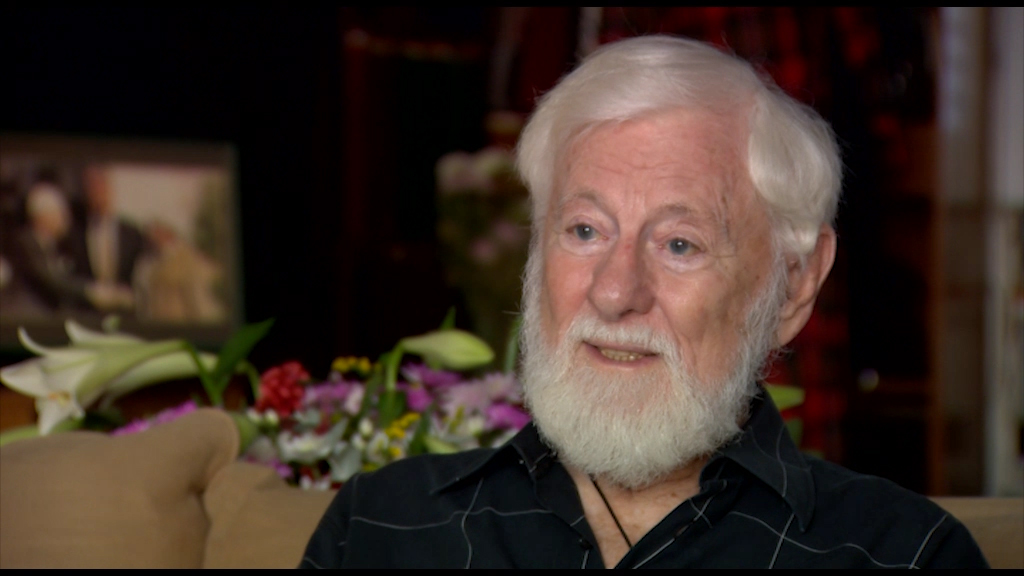התחילה מלחמת ההתשה וגולדה נכנעה. אחרי איזה שנתיים ומשהו בערך הקימו את קו בר-לב. בר-לב היה הרמטכ"ל, לא גאון הדור אבל איש כזה גרמני שאפשר לסמוך עליו, יסודי. וכאמור אני הייתי במגע די הדוק עם רבים מאלופי צה”ל. אני צריך לסדר לי בראש את לוח הזמנים. קודם כל הייתה הפרשה של לטרון. מיד אחרי המלחמה בא אלי חייל ואמר: "הורסים את הכפרים הערביים ליד לטרון". תפסתי את האוטו, רצתי לשם. לא נתנו לי להתקרב, אבל ראיתי מרחוק שבולדוזרים עובדים שם. דהרתי לירושלים, כתבתי דו"ח וכתבתי מכתב ללוי אשכול, לבגין ולשרי מפ"ם אם אני זוכר נכון, על הדבר הזה. אבל זה כבר היה מאוחר, מפני שההריסה נמשכה יומיים-שלושה. ואז עמוס קינן, שהיה חייל בגזרה הזאת, בא אלי. הוא סיפר לי על זה. ביקשתי ממנו לכתוב דו"ח מפורט מה הוא ראה, כולל הגירוש של האוכלוסייה. והגשתי את זה לכל השרים האלה אבל זה לא עזר כבר. זה מסמך יפה, אגב, כתוב בסגנון של עמוס. אחר כך באו אלי בריצה: "הורסים את קלקיליה. רצתי לשם וראיתי שאכן רובע שלם בקלקיליה משמידים אותו באופן שיטתי. שוב פעם רצתי לכנסת, שוב פעם פניתי לשרים ההם והפסיקו את זה. זה עשה דיין כנראה בלי פקודה, בלי אישור. זה שכונה שהפסיקו ובנו אותה מחדש. הם הפסיקו את
הגירוש של התושבים, החזירו אותם. באותו זמן, אני לא הייתי עד, זה שמעתי רק אחר-כך. סיפר לי רענן לוריא, שגם בטול כרם התחילו לגרש, להעמיס אותם על אוטובוסים ולהסיע אותם לגשר אלנבי, אבל גם שם הפסיקו. בינתיים כמובן היה הנאום המפורסם של רבין. רבין קיבל דוקטור כבוד באוניברסיטה, נאם נאום יפהפה, כולל "אנחנו אבלים על ההרוגים של האויב", דבר שכל-כך לא ישראלי שרק אפשר לחשוב. אחר כך מור׳לה בר-און טען שהוא כתב את הנאום. אבל בעיניי זה לא משנה, רבין נאם אותו. ומאז ככה שמתי עין על רבין.
The War of Attrition started and Golda capitulated. After a couple of years or something they established the Bar-Lev Line. Bar-Lev was Chief of Staff – not a genius but thorough, a man who could be depended on. As I said, I was in pretty close contact with many of the generals in the IDF. I need to focus on the timetable. First, there was the Latrun affair. Immediately after the war a soldier came to me and said: 'They are destroying the Arab villages near Latrun'. I ran to the car and hurried there. They didn't let me get close, but I saw from a distance that the bulldozers were working there. I rushed to Jerusalem, wrote a report and wrote a letter to Levi Eshkol, to Menachem Begin and the Mapam ministers, if I remember correctly, about this thing. But it was too late. The demolition took two or three days. Then Amos Kenan, who was a soldier in that sector, came to me. He told me about it. I asked him to write a detailed report about what he had seen, including the expulsion of the population. I submitted it to several ministers but it didn't help. It is a beautiful document, by the way, written in Amos's style.
Later they came running to me: 'They are destroying Qalqilya'. I hurried there and saw that an entire district of Qalqilya was being systematically destroyed. Once again I rushed to the Knesset, once again I approached the ministers and they stopped it. Apparently, Moshe Dayan had done this, without orders, without permission. They stopped in this neighbourhood and built it again. They stopped expelling the residents, and let them return. At that same time, I didn't witness it, I only heard about it later. Ranan Lurie told me, that also in Tulkarm they started the expulsion, loaded them on to buses and drove them to the Allenby Bridge, but that also stopped.
Meanwhile, of course, there was the famous speech that Rabin made. Rabin was receiving an Honorary Doctorate at the University, made a nice speech, including, 'We mourn the enemy's dead', something which is so not Israeli. Then Mor'eleh (Mordechai) Bar-On claimed that he had written the speech. But to me it does not matter, Rabin is the one who delivered it. And from then on I was watching Rabin.






